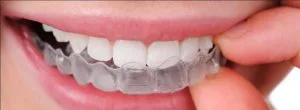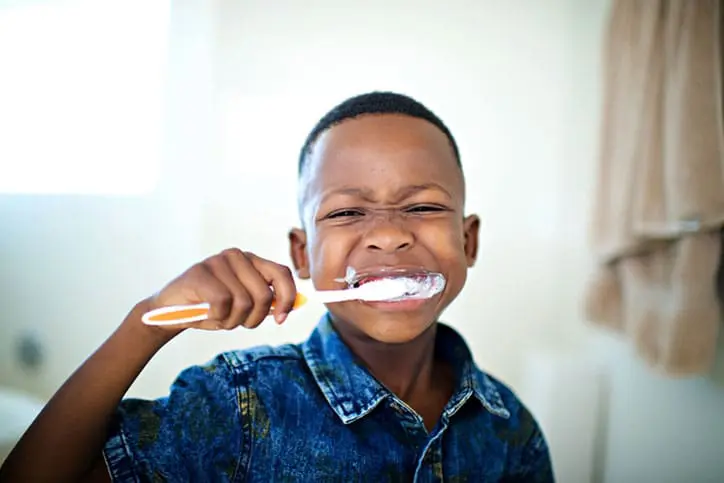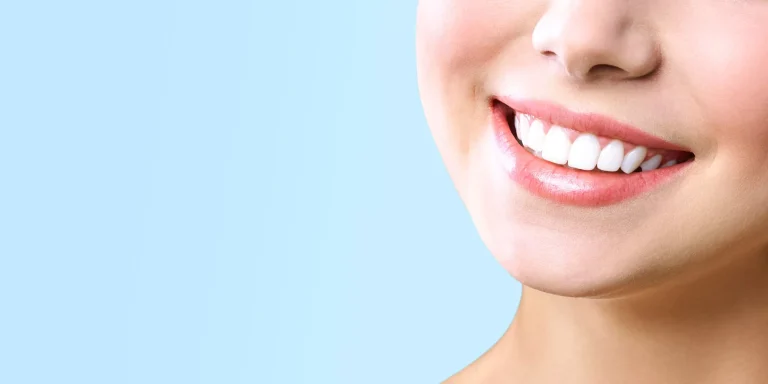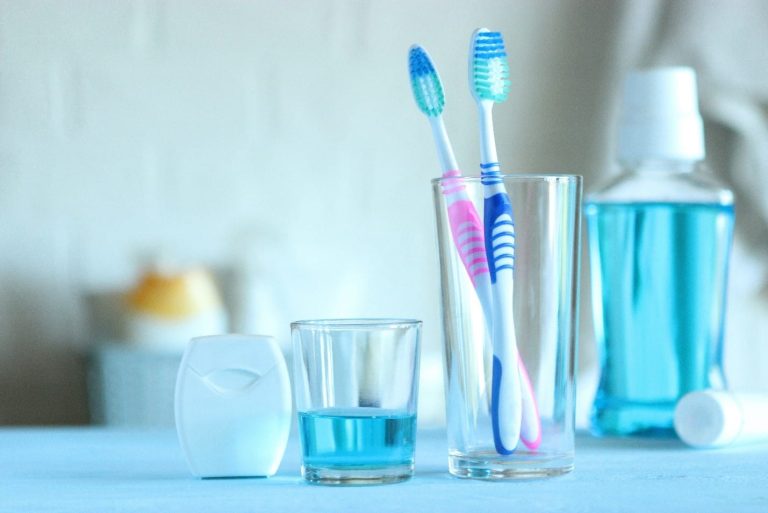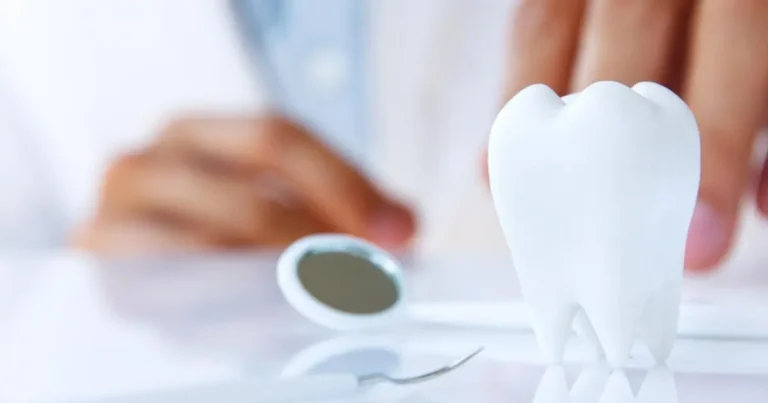Retainers: Why They’re Essential After Orthodontic Treatment
Retainers are a key part of orthodontic treatment and they play a huge role in maintaining the results you worked so hard to achieve Once your braces come off or you finish with aligners the job isn’t quite done yet This is where retainers step in to ensure your teeth stay in their new positions Let’s break down why retainers are so important what types are available and what can happen if you don’t wear them as instructed
Purpose of Retainers
The main reason retainers exist is to keep your teeth from shifting back to their original positions after orthodontic treatment Teeth have a natural tendency to move because the tissues and ligaments around them need time to adjust to their new alignment Without a retainer this process called relapse can undo all the progress you’ve made Retainers act as a safeguard holding your teeth in place while your bones and gums stabilize
Retainers also help maintain the spacing and alignment of your bite which is essential for both appearance and function Whether it’s keeping closed gaps in place or preventing crowding retainers ensure your smile stays healthy and balanced
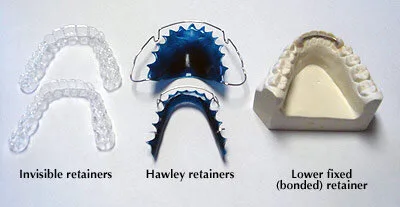
Types of Retainers
Retainers come in two main categories removable and fixed Each type has its own benefits and is chosen based on your specific needs
- Removable Retainers These are popular because they’re easy to take out for eating brushing and flossing The two most common kinds include
- Essix Retainers These are clear plastic retainers that fit snugly over your teeth They’re nearly invisible which makes them a favorite for those who want something discreet
- Hawley Retainers Made from acrylic and metal wires these retainers are durable and adjustable making them a long-lasting option
- Fixed Retainers These are bonded to the back of your teeth and stay in place permanently or until your orthodontist removes them Fixed retainers are great for people who might forget to wear a removable one since they provide constant support
Your orthodontist will recommend the best type of retainer based on your treatment plan and lifestyle
Importance of Wearing Retainers as Prescribed
Wearing retainers exactly as directed by your orthodontist is critical for maintaining the results of your orthodontic treatment In most cases you’ll need to wear them full-time at first gradually transitioning to nighttime use over time This schedule ensures that your teeth stay where they’re supposed to be during the crucial post-treatment phase when relapse is most likely
Skipping days or not wearing your retainer consistently can allow small shifts to occur which can eventually lead to noticeable misalignment Regular follow-ups with your orthodontist will help monitor your progress and make any necessary adjustments to your retainer
Consequences of Not Wearing Retainers
If you don’t wear your retainer as prescribed there’s a good chance you’ll experience some negative effects The biggest risk is relapse where your teeth slowly move back toward their original positions This can undo all the time effort and money you invested in straightening your smile
Other potential issues include
- Crowding or gaps reappearing which can affect how your teeth fit together
- Bite problems that may lead to uneven wear on certain teeth
- A less confident smile if visible misalignment returns
In some cases neglecting retainer use might mean needing additional orthodontic treatment down the road which could have been avoided with proper retention
Retainers are an essential part of keeping that beautiful straight smile you worked so hard for By understanding their purpose choosing the right type and wearing them consistently you can ensure that your teeth stay in place for years to come So don’t skip out on this final step in your orthodontic journey Keep rocking that perfect smile
FAQs
: Why are retainers necessary after braces?
A: Retainers are crucial because they hold your teeth in their new, corrected positions. Without them, teeth can gradually shift back towards their original alignment.
: How long do I need to wear a retainer?
A: Initially, you’ll likely need to wear your retainer full-time (as instructed by your orthodontist). Eventually, you may be able to switch to wearing it only at night. The duration varies, but often, retainers are needed indefinitely to maintain alignment.
: What are the different types of retainers?
A: Common types include:
Hawley retainers: Removable, made of wire and acrylic.
Essix retainers: Clear, removable, and custom-fitted.
Bonded retainers: A thin wire glued to the back of your teeth.
Q: How do I clean my retainer?
A: For removable retainers, clean them daily with a toothbrush and non-abrasive toothpaste or a retainer cleaning solution. Avoid hot water, which can warp them. Bonded retainers require careful brushing and flossing to prevent plaque buildup.
Q: What happens if I don’t wear my retainer as prescribed?
A: Your teeth may start to shift, leading to relapse. If the shifting is significant, you might need further orthodontic treatment to correct it.
Q: Can a retainer fix minor tooth movement if I haven’t worn it for a while?
A: A retainer can sometimes help with minor shifting, but it’s best to consult your orthodontist. For significant movement, the retainer may no longer fit, and adjustments or new treatment might be necessary.
Q: What do I do if my retainer breaks?
A: Contact your orthodontist immediately. A broken retainer won’t effectively hold your teeth in place, and a replacement or repair is needed to prevent shifting.
Q: Are retainers uncomfortable to wear?
A: Initially, retainers can feel a bit strange, but most people adjust quickly. If you experience persistent discomfort or irritation, consult your orthodontist for adjustments.
Q: Can I eat with my removable retainer in?
A: No, you should always remove your retainer before eating to prevent damage and maintain hygiene.
Q: How much do retainers cost?
A: The cost of retainers varies depending on the type and your location. They are typically less expensive than the initial orthodontic treatment. Check with your orthodontist about specific pricing and if retainers are included in your original treatment plan.

